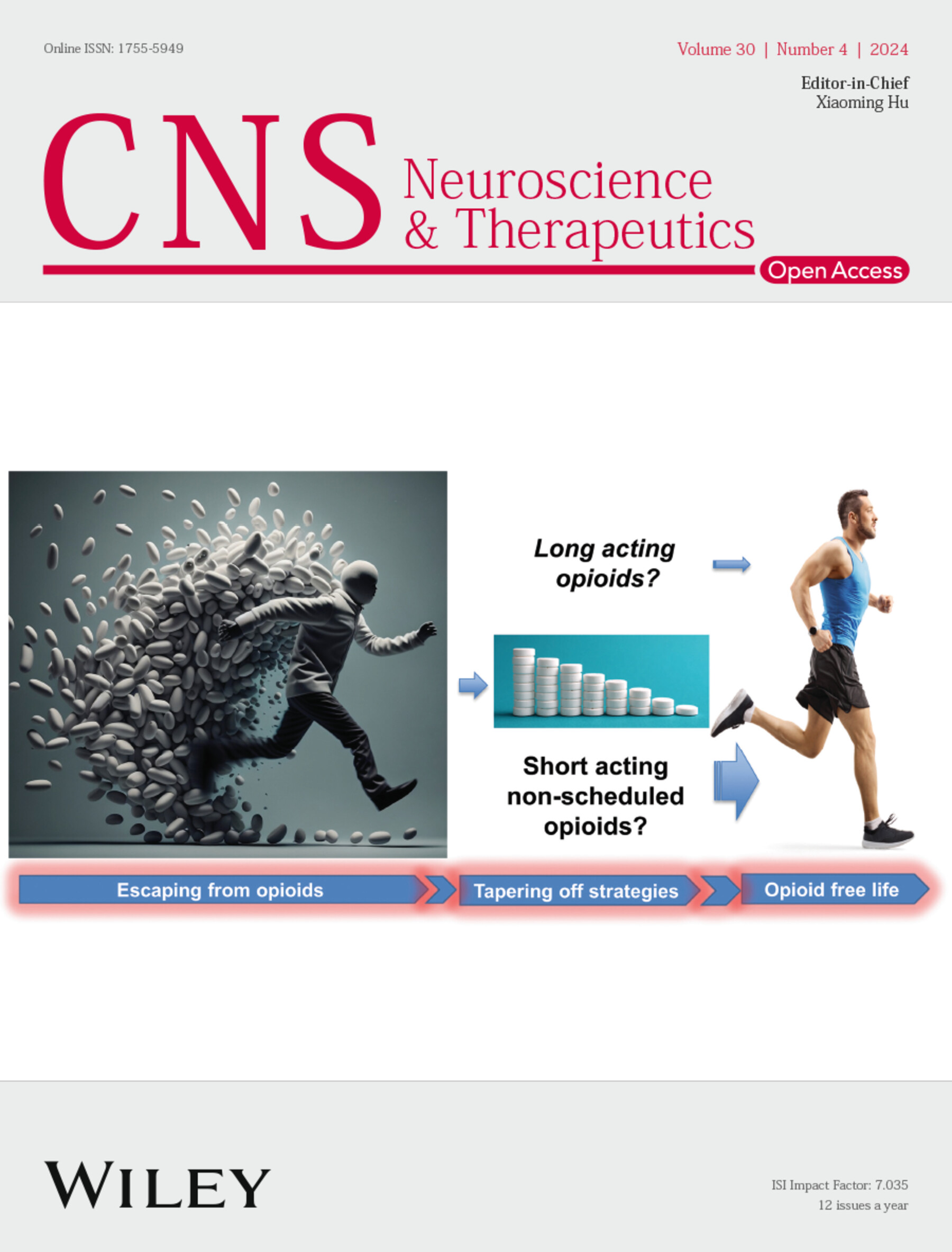The Effects of PLGA Nanoparticles Containing Different Growth Factors on Neural Stem Cell Differentiation and Their Transition Efficiency After Targeting With TRF
Abstract
Aims
Nanoparticle-mediated drug delivery systems are being investigated for the controlled release of drugs to treat neurodegenerative diseases (ND). We aimed to investigate the effects of poly(lactic-co-glycolic acid) nanoparticles (PLGA-NPs) containing different growth factors (GFs) on rat brain-derived neural stem cells (NSCs) in vitro differentiation, providing insights that may contribute to future approaches for treating Parkinson's disease.
Methods
Three different PLGA-NPs loaded with Brain-Derived Neurotrophic Factor (BDNF), Glial-Derived Neurotrophic Factor (GDNF), and Transforming Growth Factor beta 3 (TGF-β3) were developed and characterized in terms of size, zeta potential, encapsulation efficiency, and release profile. These NPs were used to differentiate NSCs into dopaminergic neurons in vitro. Additionally, the transition of transferrin (TRF)-conjugated PLGA-COOH-NPs across an in vitro blood–brain barrier (BBB) model was investigated.
Results
The average sizes of BDNF, GDNF, and TGF-ß3 loaded PLGA-NPs were measured to be 217.17 ± 1.37, 227.37 ± 5.39, and 220.57 ± 10.10 nm, respectively. Besides, SEM imaging revealed that the particles had a homogeneous size distribution and smooth surface morphology. Microtubule-associated protein 2 (Map2) and tyrosine hydroxylase (TH), two dopaminergic neuronal markers, were found in cells with neuron-like morphology that were produced through in vitro differentiation. The cellular uptake of PLGA-NPs loaded with Coumarin-6 was determined by using confocal imaging and flow cytometry. It was demonstrated that TRF-conjugated NPs were specifically targeted and taken up into NSCs in the in vitro BBB model.
Conclusion
It is concluded that BDNF-PLGA-NPs, GDNF-PLGA-NPs, and TGF-ß3-PLGA-NPs are promising brain drug delivery carriers for NSC inducers, which could be useful in developing strategies for Parkinson's disease management, particularly when targeted with TRF.


 求助内容:
求助内容: 应助结果提醒方式:
应助结果提醒方式:


